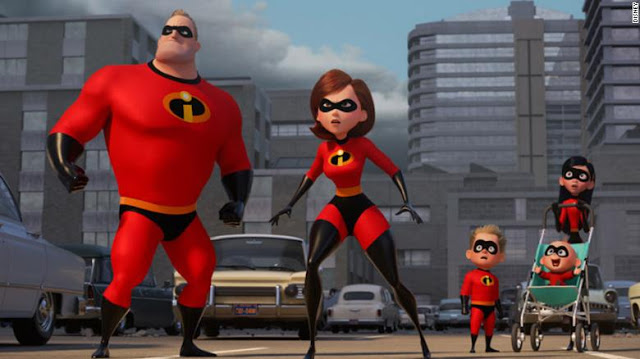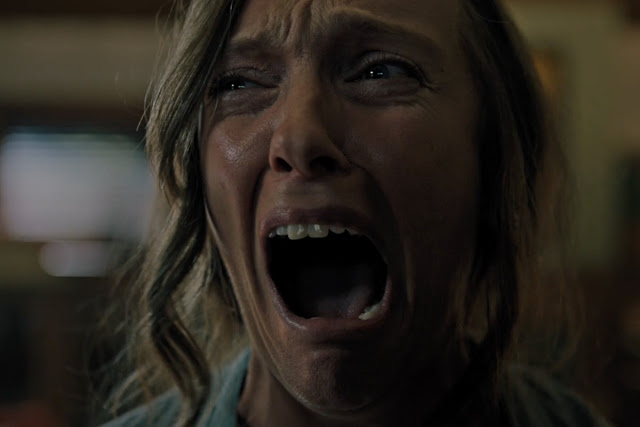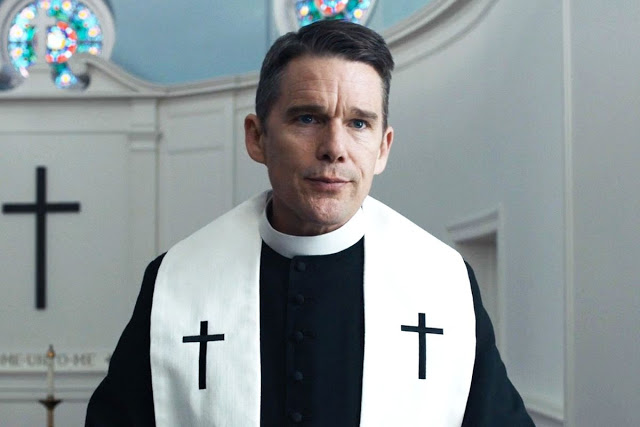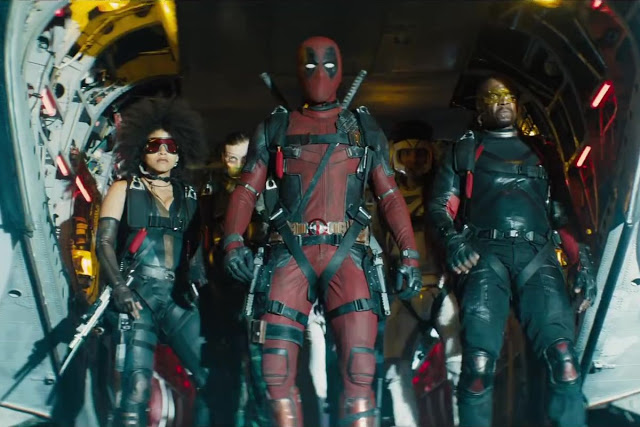Incredibles 2: Still Super, After All These Years
Taking stock of a dramatic change in circumstances, a young boy early in Incredibles 2 poses a seemingly simple question: “Are things… bad?” Well, son, it depends on whom you ask. Like the best of Pixar’s movies, Incredibles 2 situates itself squarely on the boundary between the fantastical and the real, wielding an arsenal of artistic tools—bravura technique, sharp wit, limitless imagination—to supply meaningful commentary and poignant themes about everyday life. These days, characterizing everyday life as bad could be construed as a pitiful understatement. But while Incredibles 2 does not entirely ignore our current political environment—one enterprising character adopts the slogan, “Make Superheroes Legal Again”—its allegorical concerns are more universal, expanding on the original film’s thoughtful exploration of marriage and parenthood. And because it perpetuates the franchise’s familial odyssey with even greater verve and intelligence, things in this sequel are far from bad. In fact, things are very, very good.
Again written and directed by America’s animation laureate, Brad Bird, Incredibles 2 picks up immediately after its predecessor left off, with the Parr family—a clan of clandestine superheroes led by Mr. Incredible (voiced by Craig T. Nelson) and Elastigirl (Holly Hunter), more commonly known as Bob and Helen—attempting to halt the exploits of a silly baddie calling himself the Underminer. It’s a bit surprising that Bird refused to allow any fictional time to pass between the two installments (the first Incredibles, of course, was released 14 years ago), but it spares him the bother of exposition, allowing him to instead dive straight into some brawny superhero mayhem. The movie’s opening set piece is a rambunctious joyride through the city’s streets and sewers, with Bob frantically attempting to subdue the Underminer and inadvertently causing massive amounts of property damage in the process. Read More





